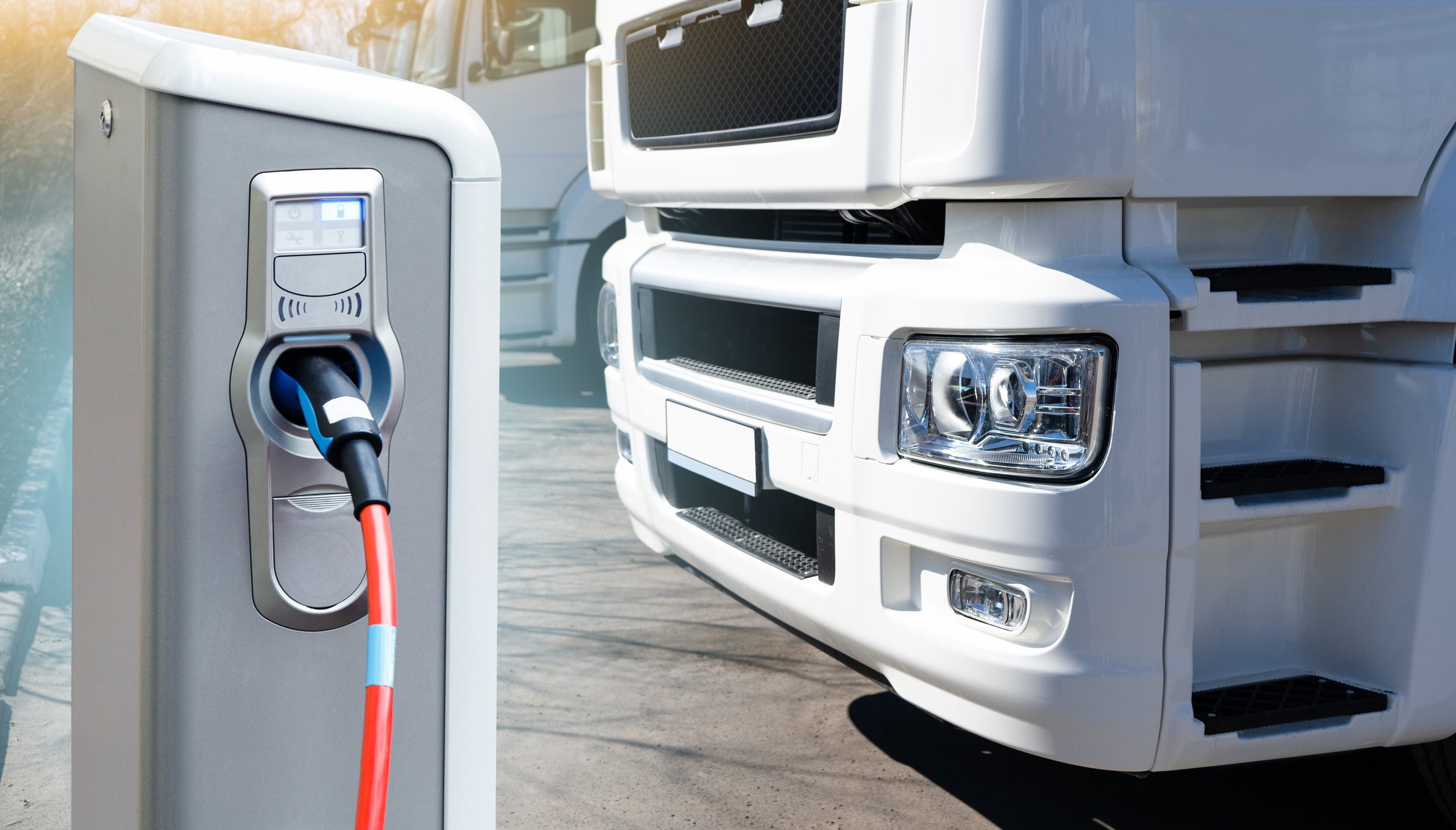
IN SPOTLIGHT
The future of global security hinges on societal resilience
Defence debates tend to focus on firepower. But the most destabilising risks may come from something far harder to quantify: the fraying of social trust, the manipulation of truth, and the erosion of the middle class.
BLOG BY FUTURES PLATFORM
Four scenarios on the future of circular economy
The circular economy holds the promise of a zero-waste future, yet formidable challenges in technology, finances, and regulation persist. How will governments and businesses overcome these obstacles to achieve true sustainability?
The New EU Directive Compels You to Conduct Climate Scenario Analysis
It's more than just a regulatory update; it's a clarion call for companies to embrace climate scenario analysis.
Solving the Energy Transition Puzzle in Europe
Europe spent years negotiating, innovating and planning to solve its net-zero energy policy puzzle by 2050. Will Russia’s war on Ukraine reshape the future of energy in the continent?
Sustainable Building Materials of the Future: Remodelling the Construction Industry
As the cost of traditional building materials rise, the construction industry may learn that going green is shifting from being too expensive to do, to too expensive not to do.
What Should We Anticipate in Early 2020’s?
What role will Artificial Intelligence (AI) have in the workforce? How will economies and capitalism change in the future? In our webinar, Sitra’s Leading Foresight Analyst Mikko Dufva and Futures Platform’s Content Director Tuomo Kuosa discuss these themes and more.
Tree-Planting Drones Could Save Us From Deforestation
According to the Nature, there are around 3 trillion trees throughout our planet. That's about half the number of trees we had 12,000 years ago. And we chop down 15 billion more trees every year. That's without a doubt a lot. But these tree-planting drones could help us get some of it back.
Plastic-Eating Bacteria May Save Our Oceans
Plastic. It has become so common place, most of us cannot imagine day to day life without it. Since its invention in 1907, it has become one of the most essential materials for mankind. However, it has not come without its downsides. The main and most pressing for humanity being the immense amount of waste.
The Future of Food Security
Dry heat and drought in one season and flooding rains in another is part and parcel of our global food futures to 2050. Also on the radar is a tidal wave of change caused by global warming, population growth, digital futures and deep systemic issues in food futures to 2050 and beyond. These issues are influencing food security, scarcity and trends like biotechnology and precision agriculture in the food industry.
Too Much CO2? Let's Recycle It
The majority of scientists, according to NASA, believe that humans are responsible for the rise of climate temperature. The main culprit, it is argued, is carbon dioxide, better known as CO2, and its increasing levels in the atmosphere, now at their highest in over half a million years. Could we make better use of this CO2?
Transparent Wood
Two research groups, from the University of Maryland and the KTH Royal Institute of Technology, almost simultaneously introduced chemical solutions capable of removing the molecules that provide wood with its colour. Don’t be surprised if this renewed traditional material rapidly revolutionises architecture and electronics.
Electric Semi-Trucks
Nikola Motor Company has revealed their Semi Truck runs on hydrogen and electricity. Tesla will reveal their electric-only version in September. While electric goods transport is easier to realise for short-range distances, manufacturers face the challenge of organising recharge or refuel stations on long-distance routes. How ecological will electric semi-trucks be, if the infrastructure they require is massive?
4D Printing
4D printing adds a new dimension to 3D printing: time. An object changes its shape or quality as it encounters some external stimuli, such as temperature shifts or contact with water. Currently, research in several laboratories, 4D printing may add programmability to materials and objects.













